Your Guide to Kindergarten in the UK
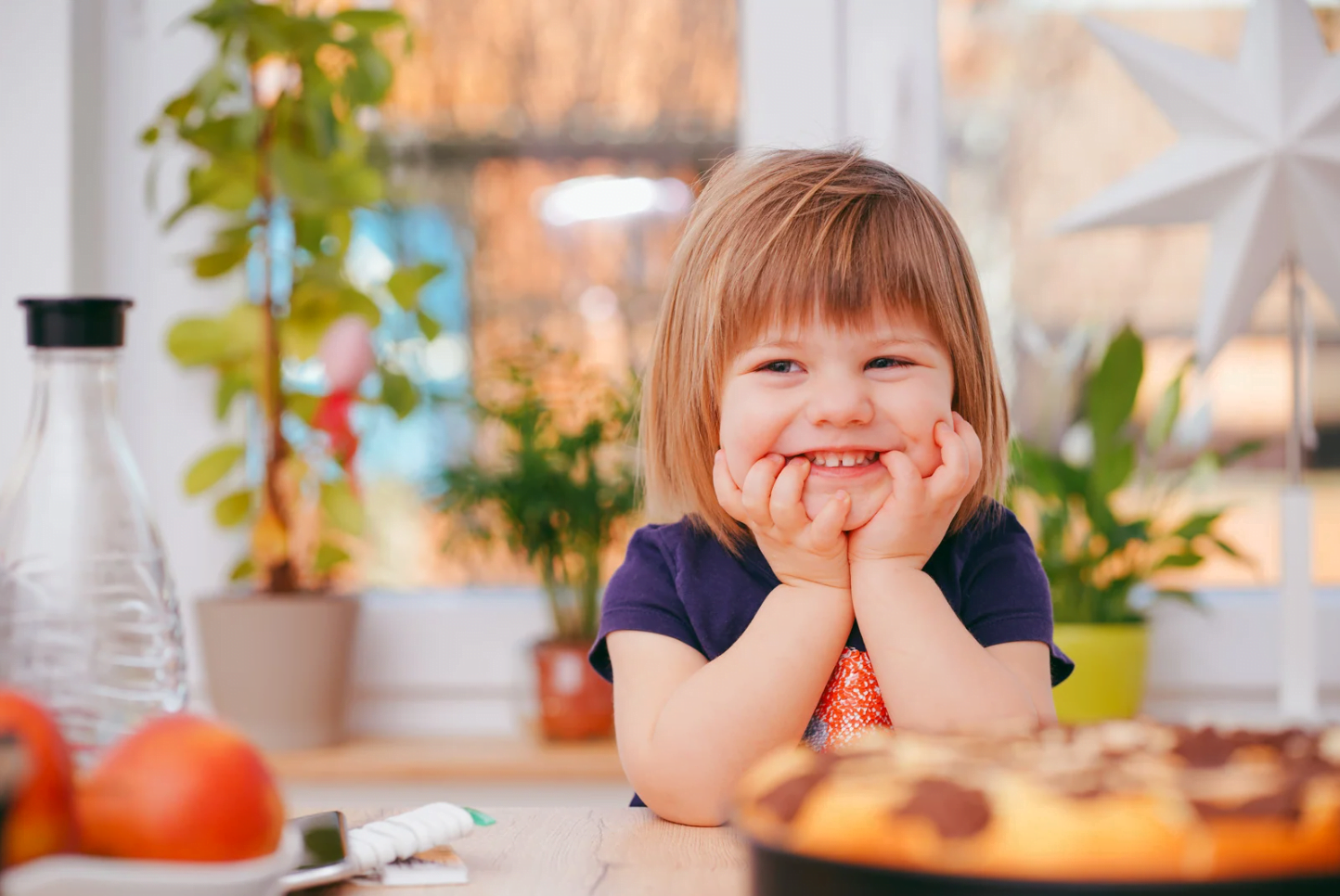
What does kindergarten offer your child, and why is it a pivotal step in their education? This initial educational phase blends play with basic academics to foster growth and prepare children for the school years ahead. From exploring daily routines to navigating enrolment and costs, our article provides insights for parents ready to support their child’s formative learning experience.
Key Takeaways
Kindergarten is an educational environment for children aged 3 to 6 that fosters academic, social, and personal growth through play and exploration, preparing them for primary schooling and establishing key motor and cognitive skills.
The kindergarten curriculum is diverse, focusing on promoting communication skills, literacy, basic mathematical concepts, problem-solving, and creativity, all aimed at giving children a well-rounded early educational experience.
Parental involvement in the kindergarten process is crucial, including navigating enrollment procedures, understanding costs and financial assistance, participating in choosing the right kindergarten, and supporting the child’s learning at home and school.
Exploring Kindergarten: An Overview
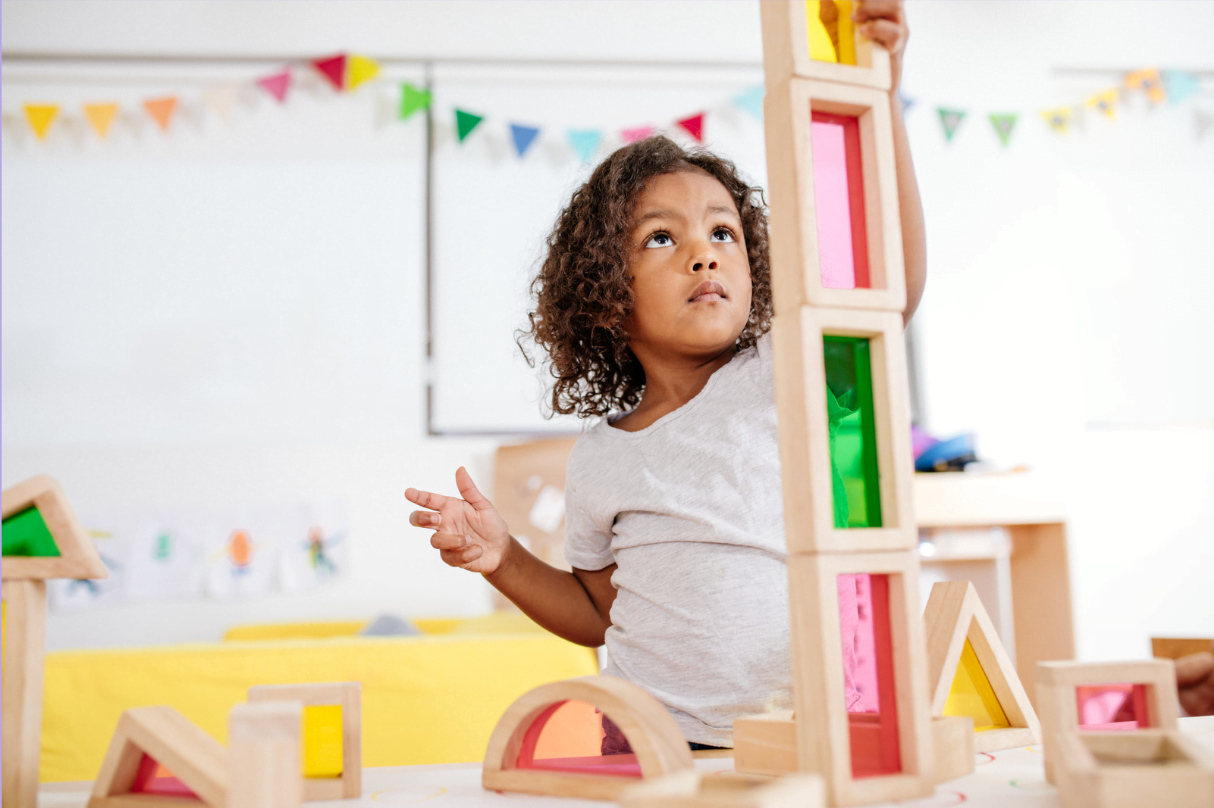
Kindergarten, a term originating from the German pedagogue Friedrich Fröbel, signifies a ‘children’s garden’. Today, it represents an educational setting that nurtures the growth of young children aged between 3 to 6 years old.
A unique blend of activities such as:
playing
singing
drawing
social interaction
Kindergarten is the stepping stone for school age children to attend kindergarten, transitioning from home to a structured kindergarten education setting.
Unlike the mandatory nature of primary school, Kindergarten is not compulsory. However, many parents choose to enroll their children in kindergarten to provide them with a strong foundation in early years education.
Defining Kindergarten in Today's World
Kindergarten serves as a pivotal platform for early childhood education. It aims to establish a strong foundation for academic, social, and personal growth. Children usually start school at the kindergarten age of three and continue till they are six years old.
The teaching approach in Kindergarten focuses on fostering holistic development through play and exploration, allowing children to discover and develop without pressure.
The Importance of Kindergarten for Early Years Development
Kindergarten, as an essential stage of compulsory education, offers numerous benefits. It enhances children’s health and wellbeing, fosters the development of social skills, boosts confidence, and nurtures a love for learning. It also prepares children for starting primary school.
Kindergarten also shapes motor skills and cognitive abilities in children. They learn to:
hop
stand on one foot
draw a person with at least three body parts
write some letters or numbers
perform physical activities such as skipping, doing somersaults, and swinging.
The Distinction Between Kindergarten, Nursery Schools, and Pre-Schools
Understanding the distinction between Kindergarten, nursery schools, and pre-schools is pivotal. The age range for children enrolled in kindergarten varies across countries. In some countries, kindergarten is also known as infants school, catering to children between three to six or seven years. The curriculum also varies. For instance, in Hungary, the kindergarten curriculum involves a significant amount of playtime for children, supplemented with educational programs. On the other hand, in Japan, kindergartens prioritize educational objectives, in contrast to nursery schools, which primarily focus on providing care.
Each country has specific terminologies to denote phases of early childhood education, including preschool education. For example, in China, the terminology includes nursery, preschool, and kindergarten, whereas in Brazil, the final grade of preschool nursery school is denoted as kindergarten III.
The Kindergarten Curriculum: What Children Learn
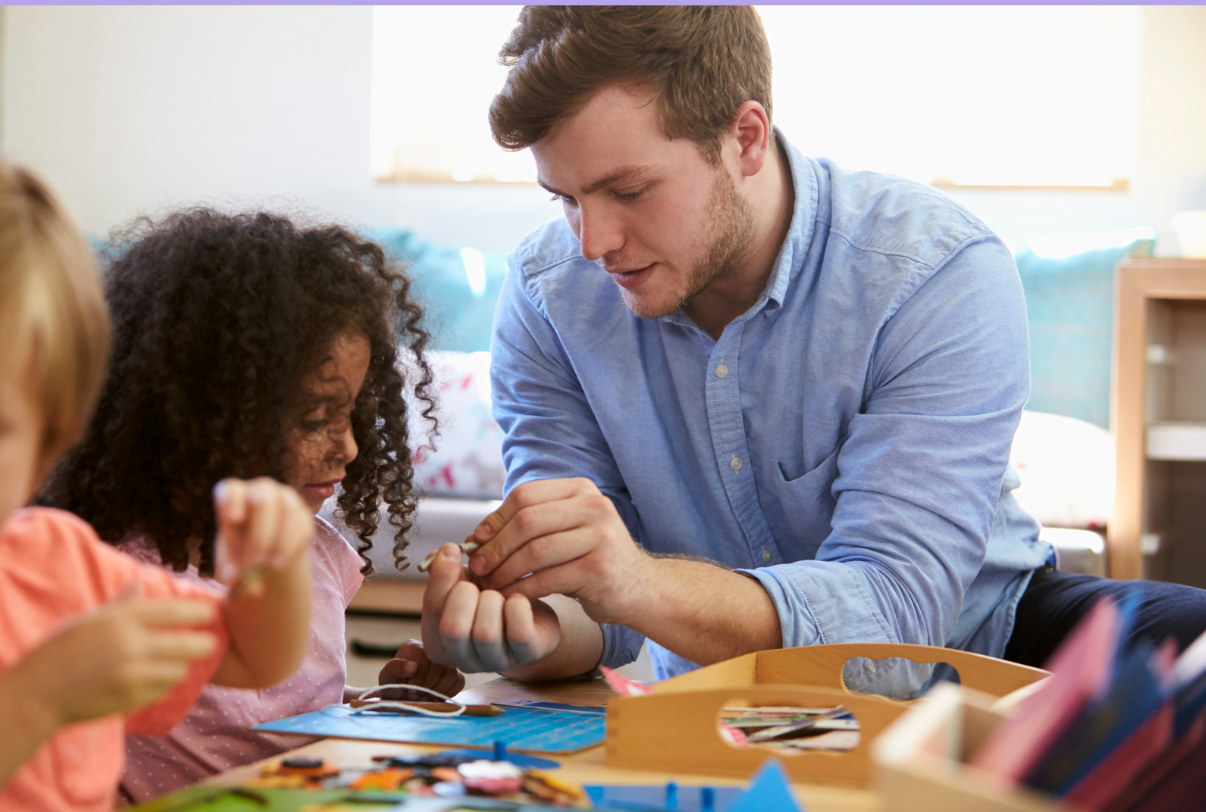
The kindergarten curriculum includes:
Authentic learning
Thematic studies
Play-based learning
Standards-based instruction
Practical life skills
Sensorial activities
Mathematics
Language
Cultural subjects
The curriculum encompasses numeracy, literacy, and an enhanced awareness of geographical, scientific, social, and cultural aspects of the world around them.
This diversified approach in the curriculum ensures that children in kindergarten receive a comprehensive early education experience that prepares them for their journey into primary schools.
Emphasis on Communication Skills and Literacy
The kindergarten curriculum lays significant emphasis on the development of communication skills and literacy. Diverse range of activities like ‘Guess the Object’, ‘Telephone’, ‘Show and Tell’, ‘Picture Storytelling’, ‘Chain-link Story’, etc., are used to enhance communication skills. These activities inculcate and hone the literacy skills of children, making them adept at identifying initial sounds, blending sounds to form words, and engaging in literacy-related activities such as singing, conversing, reading, and playing.
Introduction to Numeracy and Basic Math Concepts
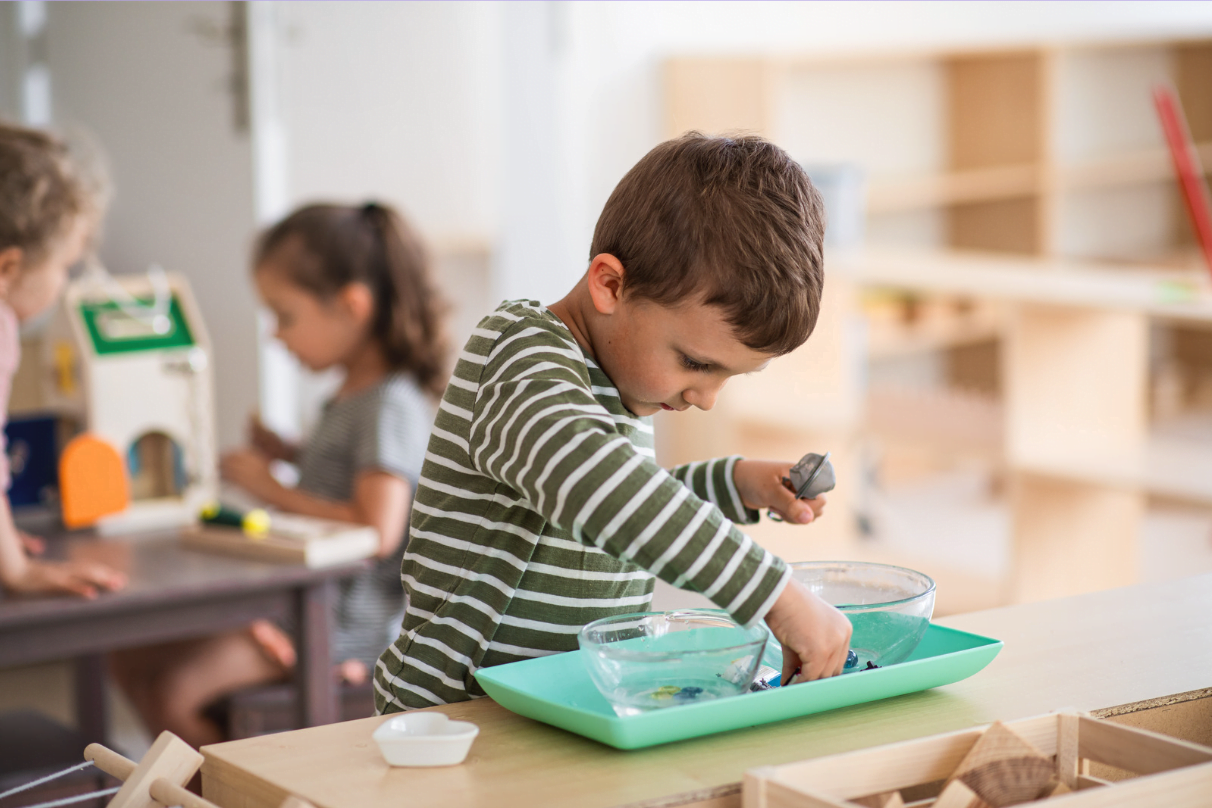
Kindergarten introduces children to the fascinating world of numbers and shapes. Basic math concepts such as:
Number recognition
Counting
Shape identification
Basic addition and subtraction
Fundamental principles of geometry
form an integral part of the kindergarten curriculum.
These early introductions to numeracy equip children with a strong foundation for future academic achievements and everyday life.
Fostering Creativity and Problem-Solving
The kindergarten environment acts as a catalyst in fostering creativity and problem-solving abilities in children. Activities like drama, art, music, dance, cooking and baking, along with open-ended activities like painting and working with modeling dough, tickle the creative side of children. Simultaneously, the curriculum incorporates a variety of activities such as survivor scenarios, scavenger hunts, puzzles, toy building, and everyday situations to encourage open-ended inquiries and formulate solutions.
Navigating the Enrollment Process
The enrollment process might seem a bit daunting at first, but with the right guidance, it can be navigated smoothly. It involves understanding the age requirements for admission, gathering necessary documents, and preparing your child for their first day of kindergarten.
Avoid rushing this process since it lays the groundwork for your child’s kindergarten experience.
Understanding Age Requirements and School Year Start Dates
The age requirements for kindergarten enrollment vary by country and state. In the United States, children generally start school at the age of 5, and school districts establish specific cutoff dates, such as September 1, by which a child must have reached 5 years of age to be eligible for enrollment.
Being well-informed about these requirements guarantees a smooth enrollment process.
Registration Essentials: Documents and Procedures
Registering your child for kindergarten involves gathering certain essential documents. These include the child’s original birth certificate, a notarized copy of the birth certificate, and the child’s valid passport.
Starting this process ahead of time is beneficial to prevent any last-minute complications.
Preparing Your Child for the First Day
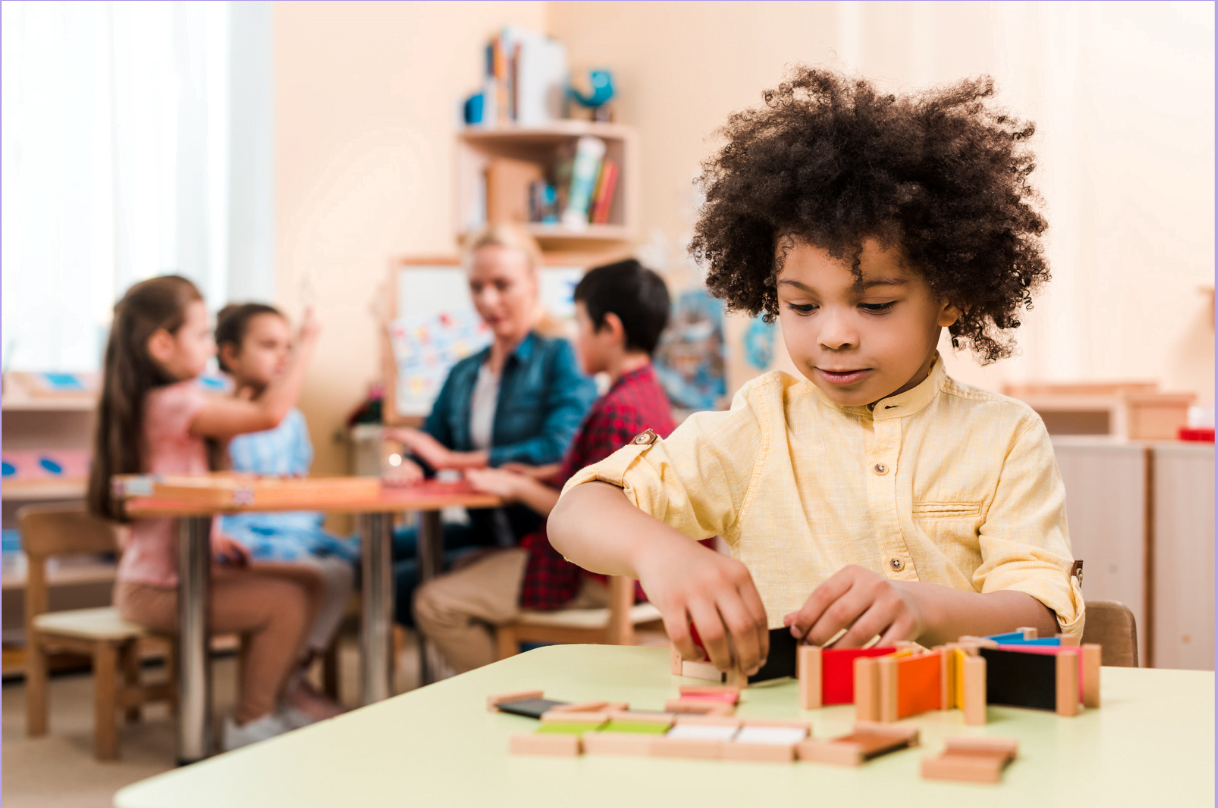
The first day of kindergarten can be a mix of excitement and anxiety for your little one. As a parent, you can help ease this transition by talking about the school routine, visiting the school in advance if possible, and addressing any worries or apprehensions they may have.
Remember, your calm and positive attitude will help your child feel more confident about this big step.
The Transition from Kindergarten to Primary School
Transitioning from kindergarten to primary school can be a significant milestone for your child. This transition involves assessing your child’s readiness for primary school, working with educators, and providing support during the process. Approaching this transition with patience and understanding, while acknowledging that every child adapts to change at their own speed, is important.
Readiness for Primary School: Assessing Your Child's Progress
Assessing your child’s readiness for primary school involves looking at their:
Academic development
Social development
Emotional development
Physical and motor skills
Cognitive development
Ability to regulate emotions
Regular communication with kindergarten teachers can provide valuable insights into your child’s development and readiness for the next step.
Working with Educators to Smooth the Transition
Working closely with educators can ensure a smooth transition from kindergarten to primary school. Kindergarten teachers play an integral role in assisting children in acquiring the skills and knowledge essential for success in primary school.
Regular communication with teachers and staff can help address any concerns and provide additional support for your child during this transition.
Choosing the Right Kindergarten for Your Child
Choosing the right kindergarten for your child is a significant decision. It involves considering various factors such as:
Location
Curriculum
Teaching philosophy
Class size
Engaging with other parents and reading reviews can also be beneficial.
Remember, the right kindergarten will provide a warm and nurturing environment that supports your child’s overall growth and development.
Factors to Consider When Selecting a Kindergarten
When selecting a kindergarten, various factors come into play. These include:
Availability of extra activities
Level of warmth and communication from the staff
Class capacity
Classroom size
Comprehensiveness of the curriculum
Security measures in place for children
Overall school community
Each of these factors significantly influences your child’s kindergarten experience.
Visiting Potential Kindergartens: A Checklist
Visiting potential kindergartens can provide you with firsthand experience of the learning environment, teacher-student interactions, and overall atmosphere. When visiting, it’s important to:
Assess the facility
Check for children’s art on the walls
Inquire about the teacher-to-student ratio
Ensure the staff is qualified and experienced
These visits can help you make a more informed decision.
Hearing from Other Parents and Reading Reviews
Hearing from other parents who have children attending the kindergarten can provide valuable insights. It can give you a clearer picture of the school’s strengths and areas for improvement. Reading reviews on reputable educational review websites can also be beneficial.
However, remember that every child’s experience is unique, and what works for one might not work for another.
Kindergarten Costs and Financial Planning
Kindergarten costs can vary widely, depending on factors such as location, public versus private, and full-day versus half-day programs. Planning for these costs, including tuition fees and additional expenses such as uniforms, supplies, and field trips, is beneficial.
Understanding the potential costs can help you make the best financial decisions for your family.
Tuition Fees and Additional Costs
Tuition fees for kindergarten can range from no cost to over $5,000 for public Kindergarten and from $3,000 to over $34,000 for private Kindergarten in the United States. Additional costs include uniforms, supplies, field trips, and other educational outlays, which may range from $100 to $250 annually.
Financial Assistance and Subsidies
Financial assistance and subsidies are available to help offset the cost of kindergarten. These include the Child Care Infant Care Subsidy and the Kindergarten Fee Assistance Scheme (KiFAS) designed to support Singapore Citizens in financial need.
Additionally, the government in England offers childcare entitlements for working parents of children under five, commencing in September 2025.
Daily Life in Kindergarten: A Peek Inside
A typical day in kindergarten includes:
Morning routines that include activities like singing and drawing
Outdoor play
Meal times
Learning activities that promote cognitive development
Playtime that encourages social interaction and creativity
Each day provides a well-rounded experience that nurtures every aspect of a child’s development.
Routine Activities and Learning Sessions
The daily routine in kindergarten includes:
Morning routine
Phonemic activities designed to support early literacy skills
Creating personalized placemats
Sorting beans
Playing with bubbles
Telling stories
Engaging in physical movement activities like sports or dance
Outdoor Play and Physical Education
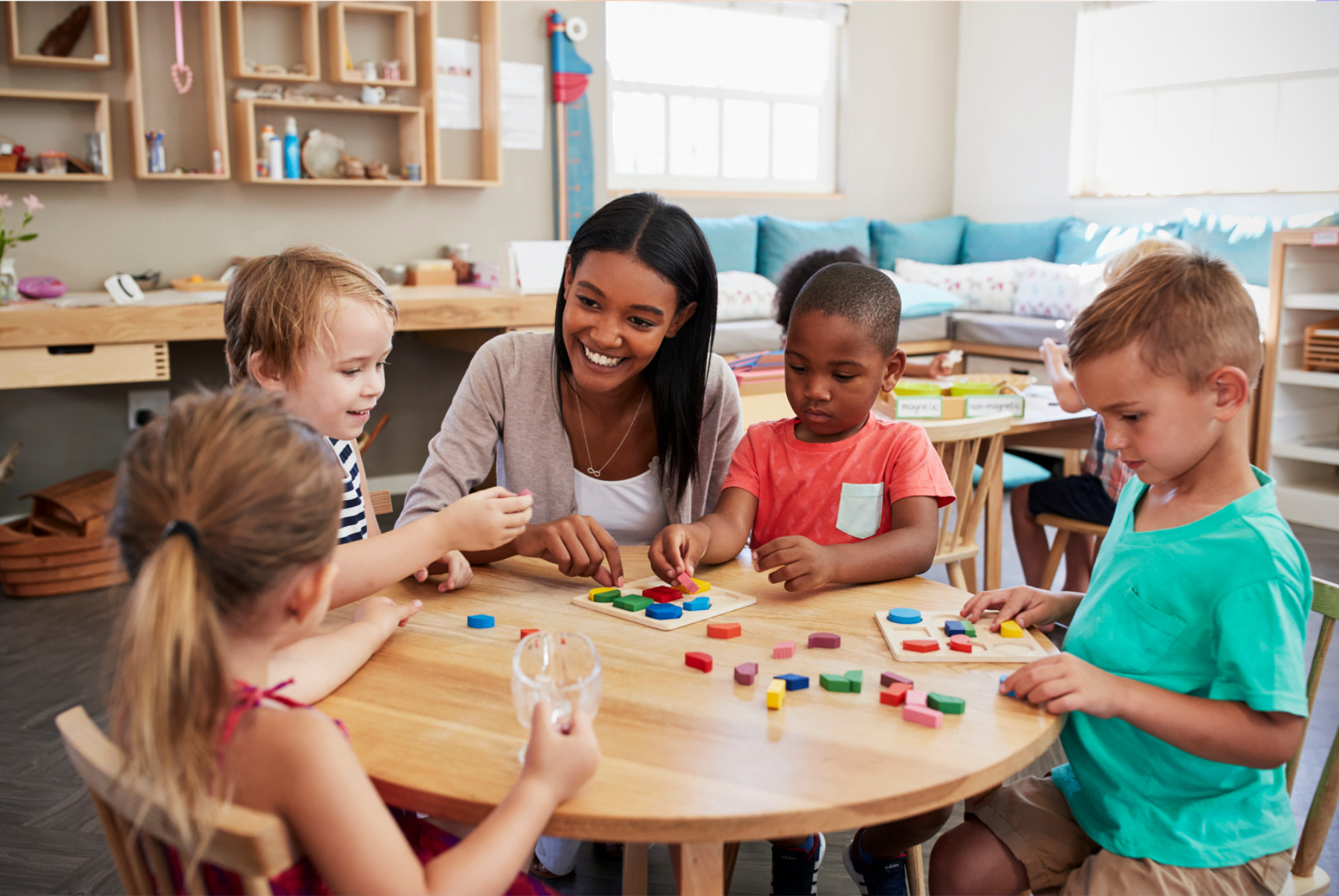
The kindergarten day heavily incorporates outdoor play and physical education. Outdoor play is deliberately integrated into the daily timetable, with a minimum of 30 minutes of outdoor activity each day. Teachers actively plan and guide these activities to promote healthy development.
Meal Times and Social Interaction
Meal times in kindergarten offer opportunities for:
Social interaction
Learning about healthy eating habits
Practicing table manners
Learning effective communication
Conflict resolution
Development of essential social skills such as sharing and taking turns
At the same time, mealtime routines help children learn to anticipate when they will eat and understand feelings of hunger.
Supporting Your Child's Kindergarten Journey
As a parent, supporting your child’s kindergarten journey involves more than just sending them to school every day. It requires active engagement with teachers and staff, reinforcement of learning at home, and balancing school and family life. Your involvement and support can significantly influence your child’s kindergarten experience and overall development.
Engaging with Teachers and Staff
Interacting with your child’s kindergarten teacher and staff is essential for supporting your child’s learning journey. Regular communication can provide valuable insights into your child’s progress and areas for improvement. Effective communication strategies include:
Initiating communication early
Maintaining communication frequently
Demonstrating support
Fostering a productive relationship
Home Support and Reinforcement of Learning
Reinforcing what your child learns in kindergarten at home can significantly boost their learning outcomes. Parents can supplement the kindergarten curriculum by engaging in at-home learning activities like identifying letters of the alphabet, practicing pencil grip, and participating in themed activities across different subject areas.
Balancing School and Family Life
Ensuring a balance between school and family life is key for your child to reap the benefits of both environments. Strategies to achieve this balance include preparing for the next day the night before, using a family calendar to track activities, and prioritizing quality family time.
Remember, while school is important, so too is spending quality time together as a family.
Take Homes
Choosing the right nursery or kindergarten, understanding the curriculum, engaging with teachers, and supporting your child at home are all integral parts of the kindergarten journey. As parents, it’s important to remember that kindergarten is not just about preparing your child for primary school, but also about nurturing their love for learning, fostering their creativity, and helping them grow both acadically and socially.
Frequently Asked Questions
What is the UK equivalent of kindergarten?
In the UK, the equivalent of kindergarten is called nursery school. It is not a formal part of schooling, but there is encouragement for children to spend at least 15 hours a week following a set curriculum from the age of 3.
Which one is correct Kindergarden or kindergarten?
The correct spelling is "kindergarten." It is commonly misspelled as "kindergarden," but the correct form comes from the German language and means "child" and "garden."
What age is kindergarten in the UK?
In the UK, the age for kindergarten typically ranges from 3 to 6 years old, encompassing pre-school, nursery, reception, and Year 1.
What is the significance of Kindergarten in a child's early development?
Kindergarten is crucial in shaping the way children perceive and engage with their learning environment, nurturing their holistic development.
What does the daily routine in a kindergarten look like?
In a kindergarten, the daily routine includes morning activities and phonemic exercises to promote early literacy skills. This helps create a structured environment for young learners.

